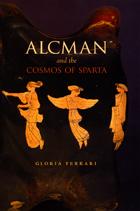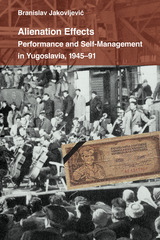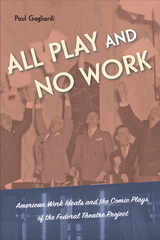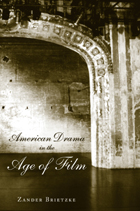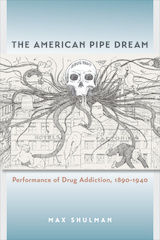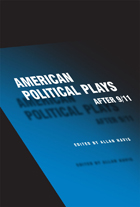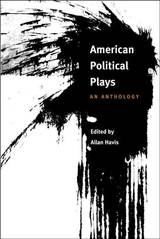Revitalization in Asia: Adaptive Reuse in Macao, Mumbai, and Penang
Hong Kong University Press, 2025
Paper: 978-988-8842-97-1
See other books on: Architecture | Mumbai | Penang | Revitalization | Urban & Land Use Planning
See other titles from Hong Kong University Press
Paper: 978-988-8842-97-1
ABOUT THIS BOOK | AUTHOR BIOGRAPHY | REVIEWS
ABOUT THIS BOOK
Useful case studies on sustainability and revitalization in Asia.
Revitalization in Asia offers a clear understanding of the value of sustainable adaptive reuse within an Asian context. Three highly urbanized places—Macao, Mumbai, and Penang —are considered in detail through essays and timelines that examine both conservation and planning perspectives. Six essays look at the connection between adaptive reuse and the three dimensions of sustainability regarding the United Nations' Sustainable Development Goals. Additionally, for each location, five case studies offer a comparative framework for understanding similarities and differences between adaptive reuse projects.
Revitalization in Asia offers a clear understanding of the value of sustainable adaptive reuse within an Asian context. Three highly urbanized places—Macao, Mumbai, and Penang —are considered in detail through essays and timelines that examine both conservation and planning perspectives. Six essays look at the connection between adaptive reuse and the three dimensions of sustainability regarding the United Nations' Sustainable Development Goals. Additionally, for each location, five case studies offer a comparative framework for understanding similarities and differences between adaptive reuse projects.
See other books on: Architecture | Mumbai | Penang | Revitalization | Urban & Land Use Planning
See other titles from Hong Kong University Press

